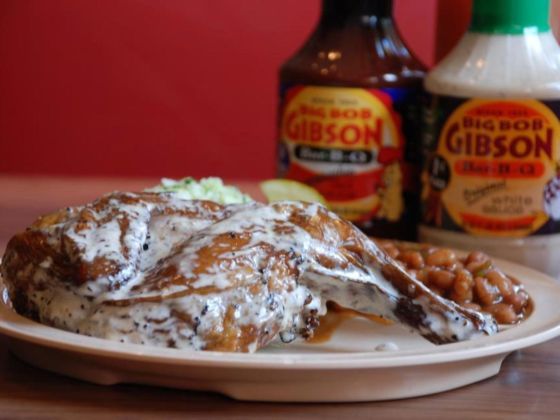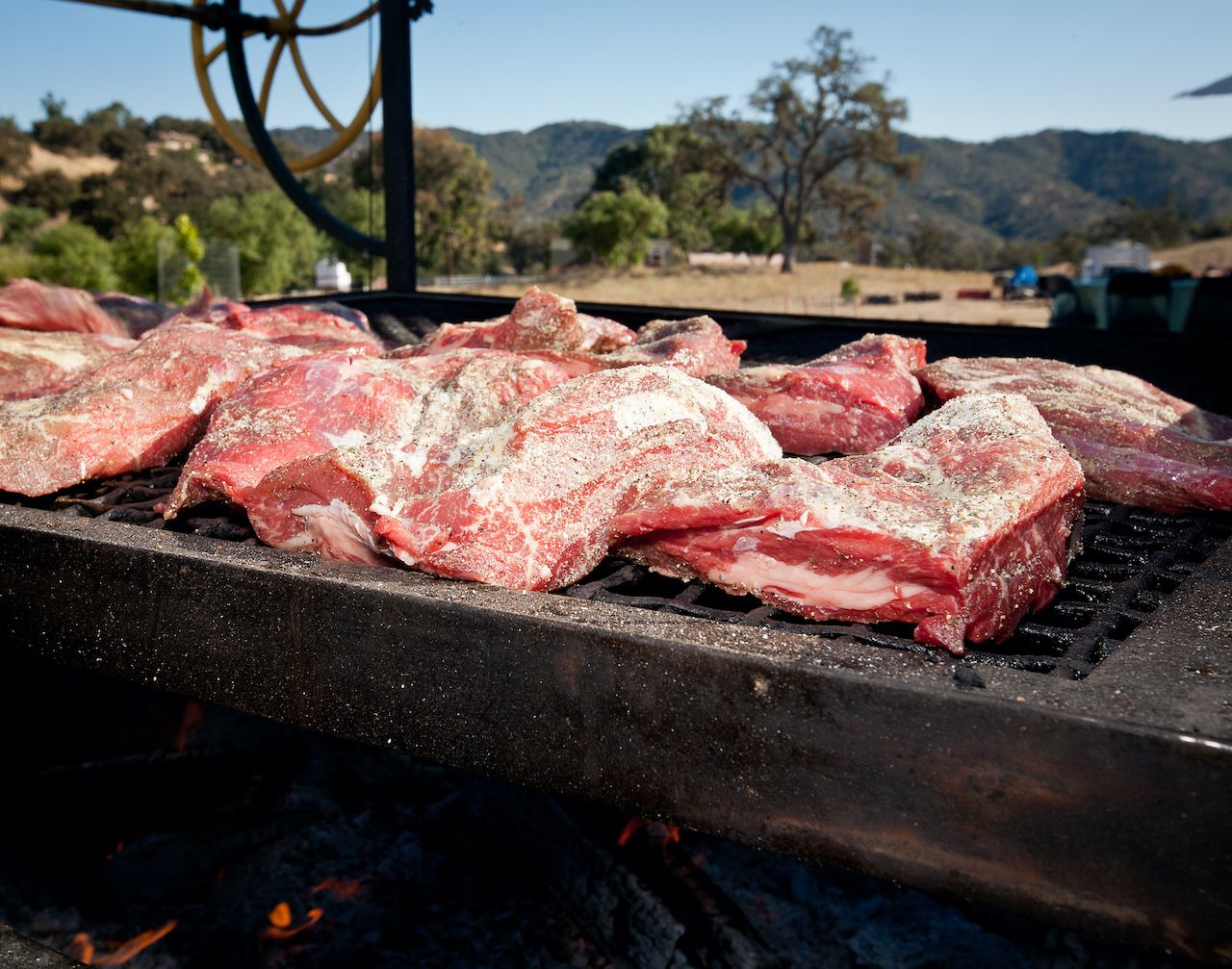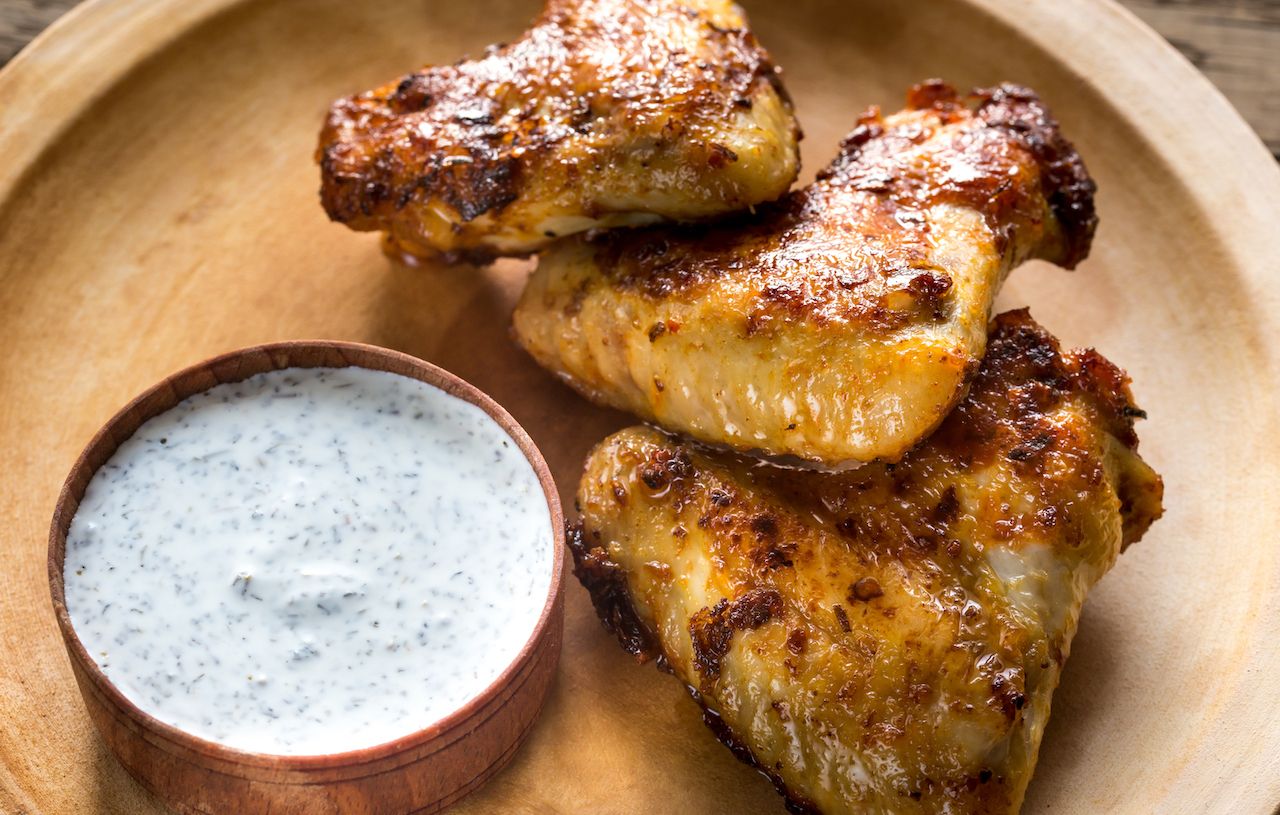No one style defines American barbecue. Ask anyone where to find the country’s definitive barbecue, though, and they’ll likely point you toward the South.
Four destinations in the southern United States make up what’s known as the barbecue belt: There’s Texas with its brisket, Memphis with its pork ribs, Kansas City with Missouri’s best burnt ends, and the Carolinas with their competing takes on pulled pork and slathery sauce.
Barbecue is a loose concept, however. It typically refers to meat cooked over an open flame, but that definition changes with every age-old barbecue tradition around the world. The concept also changes across the US, both inside and outside of the country’s southeastern quadrant.
If you never visit the barbecue belt, rest assured that you still have a shot at tasting some of the finest, smokiest, sauciest dishes around with these lesser-known American barbecue staples.




